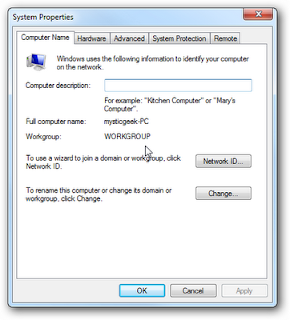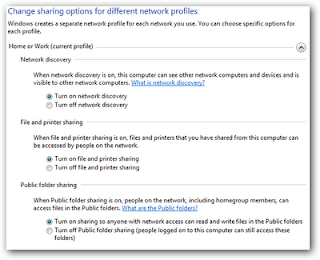
Source: Google Blog



 Growing up, December was always a favorite month of mine. School would let out for two weeks, snowflakes would start falling and I’d write my letter to Santa to remind him that I’d been especially good that year (and ask if he’d mind bringing me a few Ninja Turtles). He never answered those letters—he’s a busy guy, after all—but what if he could pick up the phone and call me instead? What if Santa had Google Voice and could easily call all the kids on his list?
Growing up, December was always a favorite month of mine. School would let out for two weeks, snowflakes would start falling and I’d write my letter to Santa to remind him that I’d been especially good that year (and ask if he’d mind bringing me a few Ninja Turtles). He never answered those letters—he’s a busy guy, after all—but what if he could pick up the phone and call me instead? What if Santa had Google Voice and could easily call all the kids on his list?
 Concept for NASA Design Reference Mission Architecture 5.0 (2009)
Concept for NASA Design Reference Mission Architecture 5.0 (2009)
Normally, if a DNS resolver requests an IPv6 address for a Google web site, it will not receive one…  …but a DNS resolver with Google over IPv6 will receive an IPv6 address, and its users will be able to connect to Google web sites using IPv6.  |






Remember in March when we shared that more than 24 hours of video was being uploaded to YouTube every minute? Well, our users continue to amaze us, and as of last week, 35 hours of video are uploaded to YouTube every minute. If we were to measure that in movie terms (assuming the average Hollywood film is around 120 minutes long), it’s the equivalent of more than 176,000 full-length Hollywood releases every week.


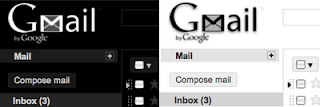

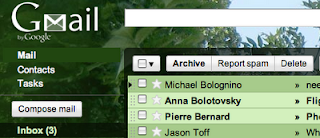

 Google Street View is a technology featured in Google Maps and Google Earth that provides panoramic views from various positions along many streets in the world. It was launched on May 25, 2007, originally only in several cities in the United States, and has since gradually expanded to include more cities and rural areas worldwide.
Google Street View is a technology featured in Google Maps and Google Earth that provides panoramic views from various positions along many streets in the world. It was launched on May 25, 2007, originally only in several cities in the United States, and has since gradually expanded to include more cities and rural areas worldwide. Complex selections made easy.
Complex selections made easy.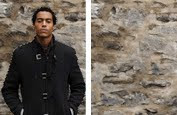 Content-Aware Fill.
Content-Aware Fill.  Puppet Warp.
Puppet Warp.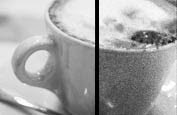 State-of-the-art raw image processing.
State-of-the-art raw image processing. 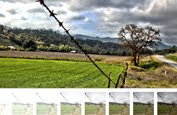 Superior HDR imaging.
Superior HDR imaging. 
Our automated cars use video cameras, radar sensors and a laser range finder to “see” other traffic, as well as detailed maps (which we collect using manually driven vehicles) to navigate the road ahead. This is all made possible by Google’s data centers, which can process the enormous amounts of information gathered by our cars when mapping their terrain.
-GoogleBlog



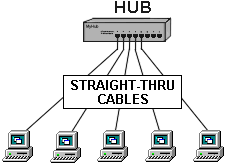


So if you already have a Picasa account and have pictures you’d like to include on your blog, you should check out this widget. If you don’t have Picasa yet, I highly recommend you download it for free by clicking on the link below.
After you select the photo album and settings you want to use, it gives you some code to paste into your site. You can either paste it into your post or add it to your sidebar by creating an html/javascript widget. Then just paste the code into the widget and save.
Here’s a screenshot of the widget being setup:
Notice how easy the setup process is. It provides the code to paste into your blog and then you’ll have a flash slideshow rotating through all your photos! Pretty cool. I was going to include a working demo but once you login to your account and start building a slideshow, it shows you real-time how it works. It’s worth checking out….enjoy!
Sharing folders between two Windows 7 machines with the new HomeGroup feature is an easy process, but the HomeGroup feature is not compatible with Vista or XP. For this tutorial we are using Windows 7 x64 RC1 and XP Professional SP3 connected through a basic Linksys home wireless router.
First make sure both machines are members of the same Workgroup which by default is named Workgroup.
